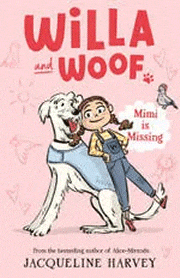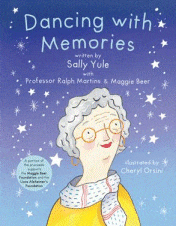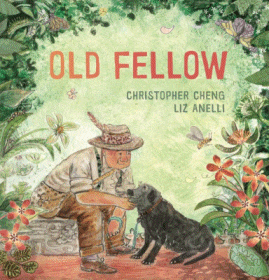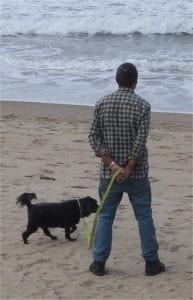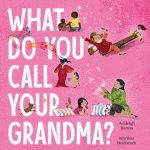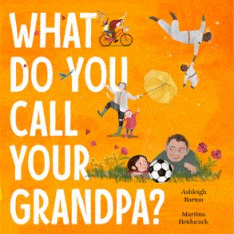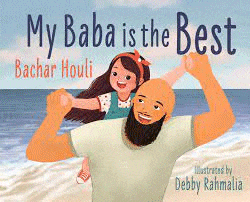
My Baba is the Best
My Baba is the Best
Bachar Houli
Debby Rahmalia
Puffin, 2022
32pp., hbk., RRP $A19.99
9781761046568
As Fathers Day approaches, this is a book to share to celebrate the special bond between fathers and daughters, and the fun times they share.
My baba has a big beard and a big smile. He gives the best hugs and never sits still.
Gardening, jogging, fishing, watching movies or going camping . . . Baba and I do lots of things together.
My baba is the best. I love my baba!
And while you might think there are many such books available, this one is written by Bachar Houli, not only triple AFL Premiership player for Richmond and All-Australian on-field, but also the first devout Muslim to play the game at that level. So this is a unique opportunity for our Muslim students to see themselves in such a story, demonstrating that their relationships with their dads is pretty much the same as all kids, whilst acknowledging the subtle differences like the special bedtime prayer.
Time and time again we hear those who are not from the dominant mainstream WASP community say that they despaired because they never saw anyone like them represented in books or on television – Dylan Alcott addressed it directly in his acceptance speech for Australian of the Year, 2022 – “I used to hate having a disability. I hated it so much. I hated being different and, you know, I didn’t want to be here anymore. I really didn’t… Whenever I turned on the TV or the radio or the newspaper, I never saw anybody like me.”- and while this is gradually being addressed , how delighted young readers will be to see their family reflected in something so special.
While we all have more in common than difference, it is the difference that seems to get the attention so by sharing such as this even our youngest readers can start to understand the threads that bind us are so much stronger. Our relationships with our dads are the same no matter who we are, what we look like, what we do or what we believe in.
